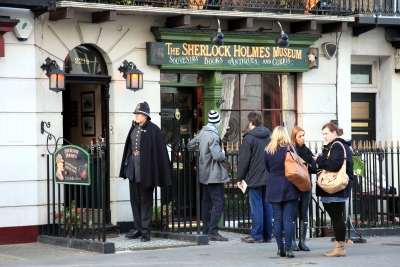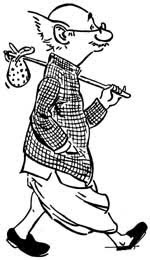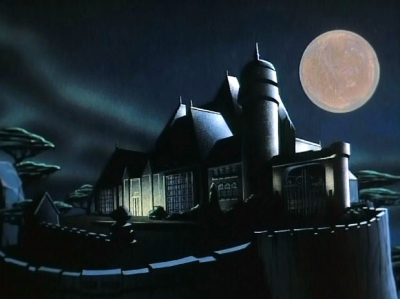Whose address is 221B, Baker Street, London?

221B Baker Street is the London address of the fictional detective Sherlock Holmes, created by author Sir Arthur Conan Doyle.
At the time the Holmes stories were published, addresses in Baker Street did not go as high as 221. Baker Street was later extended, and in 1932 the Abbey National Building Society moved into premises at 219–229 Baker Street. For many years, Abbey National employed a full-time secretary to answer mail addressed to Sherlock Holmes. In 1990, a blue plaque signifying 221B Baker Street was installed at the Sherlock Holmes Museum, situated elsewhere on the same block, and there followed a 15-year dispute between Abbey National and the Holmes Museum for the right to receive mail addressed to 221B Baker Street. Since the closure of Abbey House in 2005, ownership of the address by the Holmes Museum has not been challenged, despite its location between 237 and 241 Baker Street.
The Sherlock Holmes Museum is situated within an 1815 townhouse very similar to the 221B described in the stories and is located between 237 and 241 Baker Street. It displays exhibits in period rooms, wax figures and Holmes memorabilia, with the famous study overlooking Baker Street the highlight of the museum. The description of the house can be found throughout the stories, including the 17 steps leading from the ground-floor hallway to the first-floor study.
Picture Credit : Google

